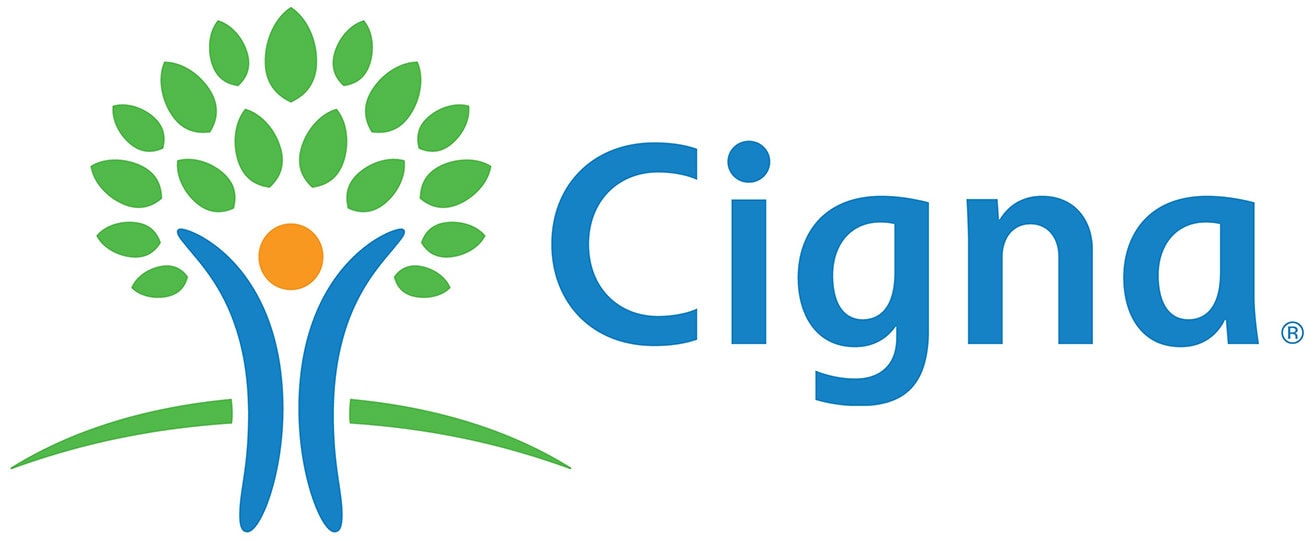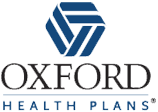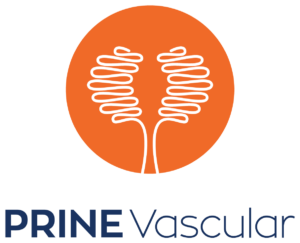
Dr. Amit Shah
Vascular Surgeon
Dr. Amit Shah joins us with vast vascular experience around the Bronx and New York. Dr Shah earned his medical degree from SUNY Downstate Medical Center College of Medicine and completed his general surgery residency at Montefiore Medical Center and vascular surgery fellowship at Albert Einstein College of Medicine. Dr. Shah focuses on complex arterial cases and limb salvage, adding to our team of amputation prevention specialists. He specializes in minimally invasive treatment for peripheral arterial disease (PAD) as well as dialysis access management. He performs AV fistula and graft creation, as well as critical maintenance and management of vascular accesses for dialysis patients.
PRINE Vascular Services:

Marina Travalja, PA-C
Physician Assistant
Marina Travalja, PA-C has been a physician assistant since 2005 and been practicing in vascular surgery since 2007. She has a passion for helping her patients anyway possible by making them feel more confident by eliminating varicose veins to helping save limbs and improving qualities of life. She has undergone extensive training in sclerotherapy and endovenous laser vein ablation treatments for varicose veins, and now specializes in treating patients with all vascular disorders.

Dr. Dan Simon
Interventional Radiologist
Dr. Dan Simon brings a wealth of knowledge and expertise in treating complex vascular cases focused mainly around Peripheral Arterial Disease (PAD) and Critical Limb Ischemia (CLI). During North Shore University Hospital’s tenure, Dr. Simon was the co-chief of Interventional Radiology and helped pioneer many trials and cutting edge techniques.
Peripheral Arterial Disease (PAD) Treatment
What is Peripheral Arterial Disease (PAD)?
PAD (also called Peripheral Vascular Disease, or PVD) is a disease in which the arteries in the limbs become narrowed by plaque, a fatty substance that builds up over time. This leads to less blood flow to the extremities, and as a result of the legs and feet receiving less oxygen, the patient may experience several symptoms:
What causes PAD?
There is no single known cause for PAD. Most--if not all--people will begin accumulating fatty deposits in their arteries over the span of their lifetime. Unfortunately, through a combination of genetic factors and pre-existing conditions, some people are more prone to have significant blockages in their arteries because of these deposits.
Known risk factors associated with PAD are:
PAD and Chronic Kidney Disease
Unfortunately, certain diseases lead to a greater risk of developing PAD--Chronic Kidney Disease (CKD) being one of them. While smoking, diabetes, high blood pressure, and high cholesterol are all already very common in the CKD population, there are other effects of CKD that also promote PAD: chronic inflammation, low blood albumin (a protein in the blood produced by the liver), and increased calcification for example. Relatively recent studies indicate that as high as 24% of patients with CKD (of at least stage 3) also suffer from PAD--though this is likely an underestimation given that the clinical definition (and diagnostic characteristics) of PAD have changed since the time of these publications, as PAD is rapidly rising in the medical field as a growing concern. With improved awareness, vigilance, and improved treatment techniques, it has been shown that patients with CKD and diabetes tend to have a more calcified form of PAD, meaning that the plaque in their arteries is harder and more rigid, making the restoration of blood flow more difficult. Thankfully, PRINE Vascular’s state-of-the-art facility employs the best in medical technology, in which recent advancements have cleared the way for restoring the pliability of these arteries.
How is PAD treated?
If the disease is caught early enough, a few lifestyle changes and the introduction of medication may suffice in treatment of the disease. However, given the underdiagnosis of PAD, most patients aren’t aware that they have disease until some degree of intervention is necessary.
PAD interventional treatment is as simple as a small nick in the groin, leg, or foot through which a catheter is inserted--all within the comfort and ease of an outpatient setting. Using contrast dye and x-rays, Dr. Simon is able to visualize the arteries and determine the degree to which any disease is present. Then, he can treat it on the spot. Treatment consists of a combination of atherectomy, angioplasty, and stenting.
Atherectomy is a process in which a device is used to clear some of the plaque from the artery.
Atherectomy devices can sand, burn, or cut plaque out of the artery, allowing for the structure to be more flexible once again. From there, balloon angioplasty may be employed, where a balloon is inflated within the artery in order to expand the arterial wall. The balloon is then deflated and removed before the procedure is over. In some instances, this can be the end of the procedure; however, in few cases, the doctor may decide that a stent is necessary to retain the opening of the artery. A stent is a small, metal mesh tube that becomes a permanent structure once placed. It acts as a skeleton for the artery, providing support so that it remains open.
While medical advancements have made it much more possible to treat PAD, it is not a reversible disease. This means that, even with proper treatment, over time the disease will progress. Because of this, it is incredibly important that any patients treated for PAD follow up with their vascular specialist in a timely manner.
Varicose & Spider Vein Treatment
Both spider and varicose veins arise from an underlying condition called venous insufficiency. Veins are responsible for transporting blood from your tissues back to your lungs in order to restore oxygen--the blood travels in one direction, which is ensured by valves that prevent blood from going backward. In venous insufficiency, these valves stop functioning properly and allow blood to pool in the venous structures. In the smaller, more superficial vasculature, this results in spider veins. Larger, bulging veins are called varicose veins.
Spider veins can be treated with the process of sclerotherapy, where a chemical agent is injected into the vein and effectively closes it off, or phlebectomy, in which case the veins are physically removed from below the skin. For varicose veins, chemical and radiofrequency (heat) ablations exist, which function as another way to shut down the vein. Although the vein is closed off, blood is still able to travel through other smaller structures so that blood flow is uninterrupted.
Dialysis Access Management
Given that PRINE Vascular is an outpatient center, a fistula cannot be created on site (this is a surgical procedure that must be done in a hospital). However, from our innovative facility, we can provide declot procedures and fistulograms. In a fistulogram, a small catheter is placed within the access site to visualize the vasculature. If there is any stenosis (narrowing), balloon angioplasty can be employed, similar to PAD treatment. The balloon expands and widens the vasculature, and is then deflated and removed, restoring blood flow. Other times, a fistula can become blocked or filled with a clot. In this case, a fistulogram can be performed where the clot is removed. This must be done somewhat promptly, as a blocked fistula can quickly become unsalvageable.
Kyphoplasty
Kyphoplasty is a procedure in which a damaged vertebra is restored to its original height. Through a tiny incision, a catheter containing a balloon is inserted into the collapsed vertebra. The balloon is inflated, returning the vertebra to its original size, then deflated and removed. The space is filled with a bone cement, keeping the vertebra in position in order to alleviate pain, deformity, and height loss.
Uterine Fibroid Embolization (UFE)
Uterine fibroids are benign growths along and within the uterus that cause pain and severe bleeding for many women. While a majority of women have them, only a small population of women experience symptoms severe enough to require treatment. These symptoms are usually:
Historically the first line of defense against uterine fibroids has been hysterectomy, which is the surgical removal of the uterus. Thanks to the progression of modern medicine, though, there are now alternative treatments for women suffering from fibroids that still leaves the uterus intact. At PRINE Vascular, we use uterine fibroid embolization; a process in which embolizing agents are injected into the uterine artery. Fibroids tend to create small arteries surrounding them in order to provide them with oxygen; these embolizing agents move into those arteries and block the flow of blood. This effectively starves the fibroids, which then shrink over time.
Comprehensive Vascular Exam
Given that vascular disease can be quite complicated, not everyone referred to PRINE Vascular already knows exactly what vascular issues they’re facing. Since we have a full diagnostic lab on site, we are able to perform vascular diagnostic procedures in order to assess and diagnose whatever ailments may be present, as well as provide instruction on what the next steps of treatment will be.
Vascular Ultrasound
Ultrasound is a noninvasive method of examining the blood circulation in the arteries or veins of the patient’s legs to determine if there are any narrowings, blockages, or abnormalities. This method uses high-frequency sound waves to produce images of the patient’s vessels. ‘Noninvasive study’ means there are no incisions or needles used in the entire process so the imaging can be completed in a very simple and safe manner.
Participating Insurances


















